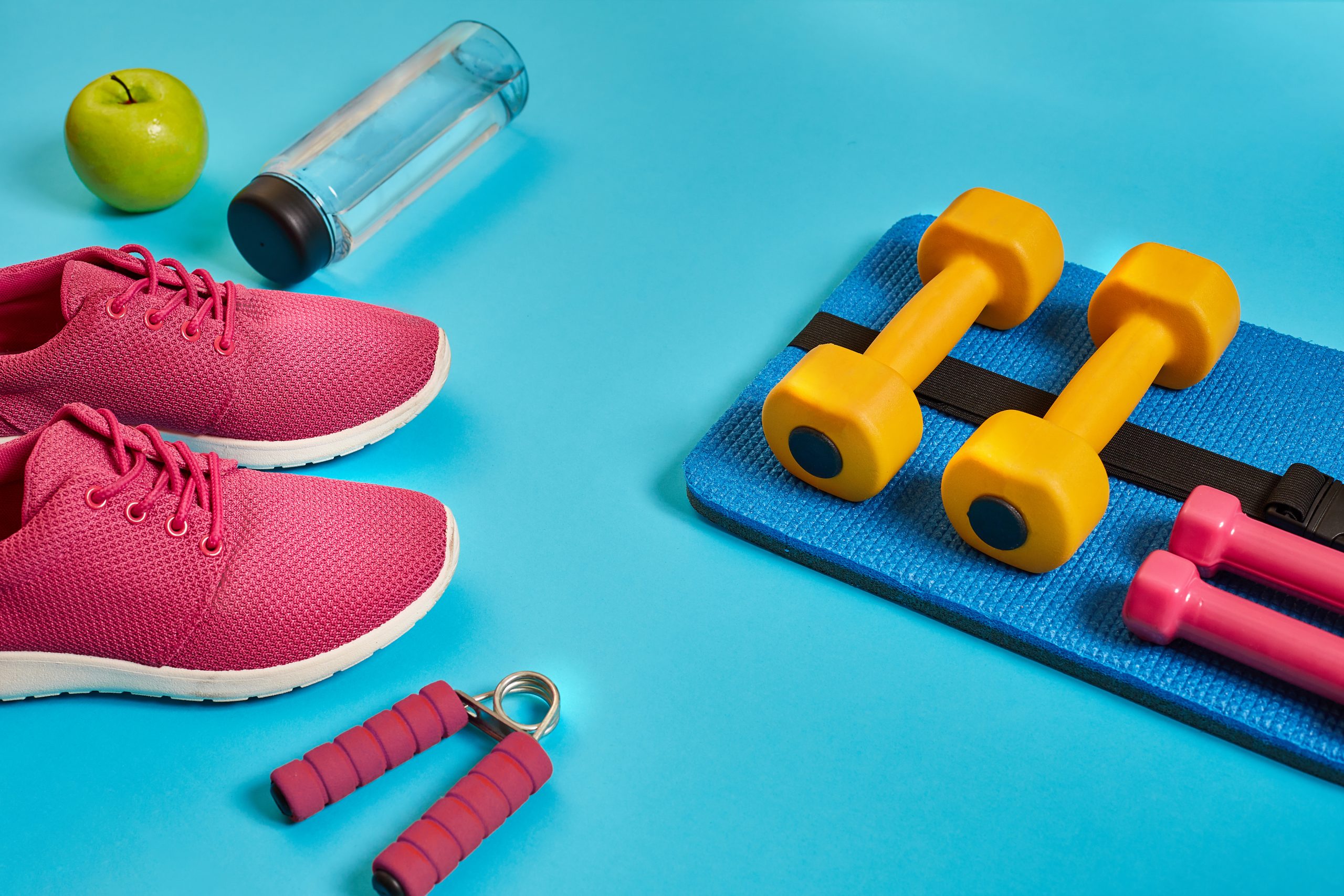
By Alice Hyslop, Allsports Physiotherapist and Exercise Physiologist
Chances are, you know someone or have been diagnosed with diabetes. Over 1.7 million Australians have diabetes and the most common form is type 2. There is no cure for diabetes but managing the symptoms of type 2 diabetes with an exercise program from a physiotherapist or exercise physiologist can help.
What is type 2 diabetes?
Type 2 diabetes occurs when the body doesn’t respond to the insulin that is produced and/or the body loses the capacity to produce enough insulin. Those struggling with this disease can often experience excessive hunger and thirst, fatigue, weight gain or loss, blurred vision and frequent urination to name a few of the common symptoms.
How can physiotherapy and exercise physiology help manage type 2 diabetes?
In a word – exercise. Exercise has been proven to increases the body’s sensitivity to insulin and assists the uptake of glucose from the blood stream.2 It also helps decrease other modifiable risk factors for type 2 diabetes such as obesity.
Top 5 type 2 diabetes exercise tips from Allsports physiotherapists and exercise physiologists:
- Monitor blood sugar levels. It is important to test your blood sugar levels before, during and after exercise. As little as one bout of exercise can help regulate your blood sugar levels for hours afterwards.
- Exercise in a controlled climate. People with diabetes can have trouble controlling their body temperature. Exercising in a controlled climate or ensuring that you are dressed appropriately for the environment can help control your body temperature.
- Exercise in the morning. Exercising in the morning is beneficial as it avoids the period of peak insulin action as well as decreasing the risk of having a hypoglycemic (a.k.a. low blood sugar level) episode at night.
- Pay attention to your footwear. Type 2 diabetes can affect sensation which increases the chance of skin lesions or ulcers. It’s really important to make sure your shoes are well-fitted and supportive to reduce points of possible irritation. Also wear cotton socks with no elastic in the tops to absorb sweat and reduce pressure on the foot.
- Consult with a physiotherapist or exercise physiologist. Clinically prescribed exercise by an accredited physiotherapist or exercise physiologist3 will ensure you have an individualised, effective and medically safe exercise program.
Physiotherapists and exercise physiologists work with thousands of type 2 diabetes patients to help them maintain a healthy and active lifestyle. Contact your local Allsports clinic for more information or book an appointment online.
References
1Diabetes Australia | Support for people living with diabetes

